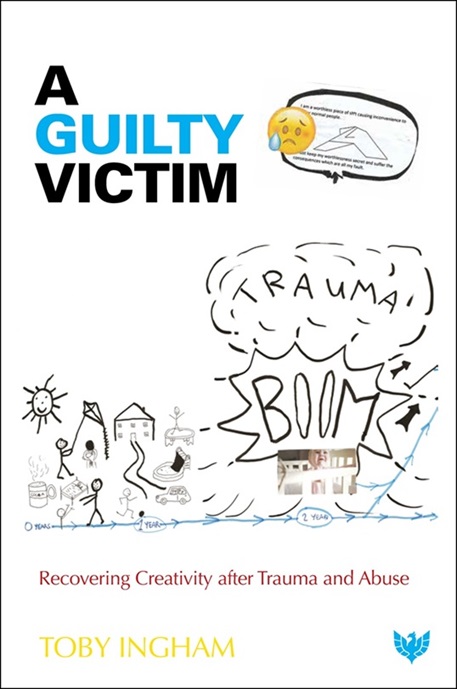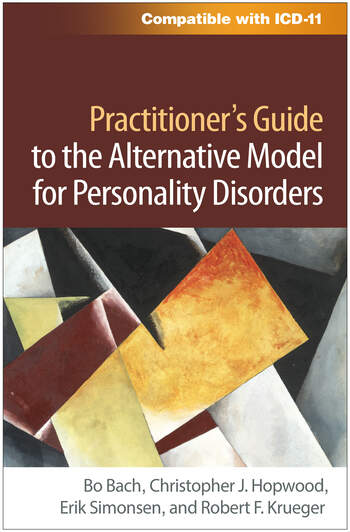A Psychoanalytic Approach to Smoking Cessation: The Cigarette as a Transitional Object

Book Details
- Publisher : Routledge
- Published : December 2023
- Cover : Paperback
- Pages : 174
- Category :
Individual Psychotherapy - Catalogue No : 97502
- ISBN 13 : 9781032354156
- ISBN 10 : 1032354151
There are currently no reviews
Be the first to review
A Psychoanalytic Approach to Smoking Cessation: The Cigarette as a Transitional Object provides an accessible understanding to the unconscious motive behind smoking addiction using Winnicott’s concept of the transitional object.
The book is divided thematically into six parts. Ko begins by outlining the conscious motives for smoking from a psychological perspective and looks at commercial research conducted by the tobacco industry, before using psychoanalytically informed cross-disciplinary literature to assess the unconscious motives for smoking. She expertly introduces Winnicott’s view on smoking addiction, using his concept of the transitional object, and highlights the power of the Free Association Narrative Interview method in accessing the unconscious and embedded emotional experiences. Using clinical examples, she illustrates the benefits of this method as a tool to elicit free associations from research respondents. She details the parallels between the individual respondents’ smoking experience, as well as their relationship with cigarettes and the seven qualities of transitional objects outlined by Winnicott in his 1953 landmark paper. Ko concludes by emphasising the significance and implications of this thesis to smokers and public health policy, as well as the smoking cessation approach and proposed directions for future research.
This book is an essential resource for psychoanalysts and psychotherapists working in smoking cessation organisations, as well as those working in addiction services.
Reviews and Endorsements
In this serious, scholarly and highly original book, Fung Ko argues a compelling case on cigarette addiction. Her ingenious integration of psychoanalytic theories, especially Winnicott’s, make a plea for further research on human self-destructivity. This book is more than a book. It is a manifesto for the world health authorities to look beyond the biochemical when tackling the horrors of toxic addiction.
Jan Abram, Author of The Surviving Object: Psychoanalytic Clinical Essays on Psychic Survival-of-the-Object
What a pleasant surprise that this book is such an easy and engaging read. I wish I had met it 20 years sooner. With those below-the-surface insights, I would have had a very different perspective in the many hundred focus groups I had moderated for ‘pleasure food’ consumers.
Angela P. K. Leung’s consumer research career in the commercial sector spanned from 1980s to 2010s, in Survey Research/Nielsen, AGB McNair, Frank Small, AMI/Synovate. Her last role was Chief Operating Officer of Synovate, Asia Pacific
Cigarette, beyond the symbol, the flare, the flame, the heat, the pleasure, and the pain, is ultimately, an object. Dr. Fung Ko added another remark: a transitional one. Beautifully woven among words and ideas of Sigmund Freud, Ernest Dichter, Donald Winnicott, and various smokers, this book is about transitional phenomena. This is: phenomenal.
Dr. Wai Fu, Associate Professor, Hong Kong Shue Yan University
Table of Contents
PART I - What are the conscious motives for smoking?
1. What do the psychologists think?
2. What do the tobacco boys think?
PART II - What are the unconscious motives for smoking?
3. Ernest Dichter’s ‘Motivation Research’
4. Psychoanalytic understanding
5. Psychoanalytically informed cross-disciplinary perspectives
PART III - What does smoking addiction have to do with Linus’s security blanket?
6. D. W. Winnicott: who was he?
7. What are his major contributions to psychoanalysis?
8. What is his view on smoking addiction?
PART IV - Which research approach has the power to access the unconscious?
9. Quantitative survey-based research?
10. Qualitative interview-based research?
11. The narrative interviewing approach?
12. The Free Association Narrative Interview (FANI) method!
13. What does our research approach look like?
PART V - The shadow of the transitional object fell upon the cigarette
14. Our respondents – what are their stories?
15. Spotting the ‘regressive’ smoking moments
16. The resemblance of a cigarette to the transitional object
PART VI - So what?
17. Implications for smokers and public health policy
18. Proposed directions for future research
About the Author(s)
Fung Ko holds a PhD in Psychoanalytic Studies from the University of Essex, UK. She has 30 years of experience in multinational consumer goods companies marketing ‘pleasure food’. Her psychoanalytic research focuses on Winnicott's concept of the transitional object to give understanding to tobacco addiction.
Customer Reviews
Our customers have not yet reviewed this title. Be the first add your own review for this title.







